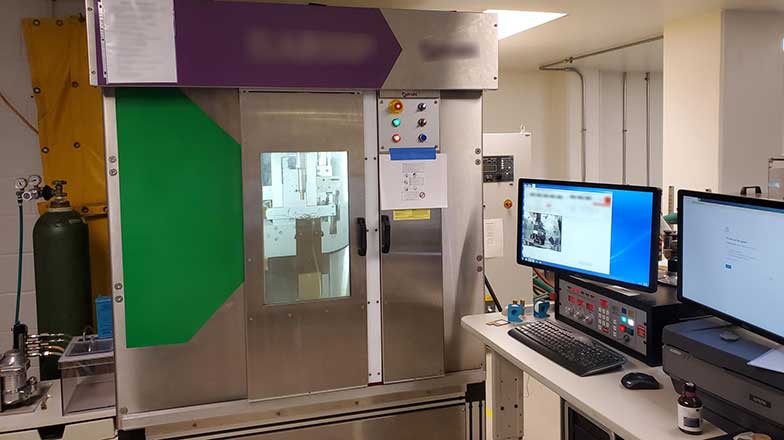Experimental Irradiators SR

The overall goal is to support members of the SKCCC in their experimental studies with cell cultures and laboratory animals that require radiation. This Shared Resource supports discovery research in DNA damage and cancer biology and preclinical and translational research using xenograft, orthotopic advanced genetically modified mouse models of cancer.
EISR was responsible for the development and advancement of an image-guided orthovoltage small-animal radiation research platform (SARRP) and the investigators recently developed molecular optical (bioluminescence and fluorescence) tomography systems that provide new biological imaging capabilities for especially soft tissues. Some of the major scientific impact the EIC has had is exemplified by 1) the incorporation of quantitative of optical tomography to analyze tumor response and syngeneic tumor models and longitudinally after irradiation with the SARRP; stressing that the risk of missing target using single beam irradiation; and 2) in the last 9 months, they have demonstrated with Monte Carlo computer simulation that it is feasible to use kilovoltage x-ray as typical for the Core to deliver FLASH (50-200 Gy/s) irradiation in a self-shielded cabinet. A plan has been devised to construct the system at the Cancer Center, and it represents the foundation for the new generation of SARRP. The capabilities, unique to Hopkins, will allow research into the many unresolved mechanisms on transformative potential of FLASH.
Hours of Operations
8 am - 5 pm
